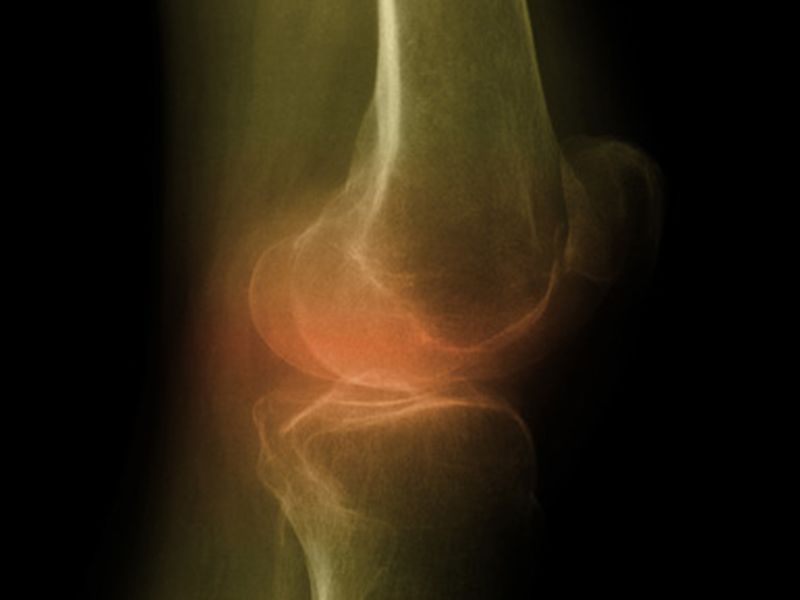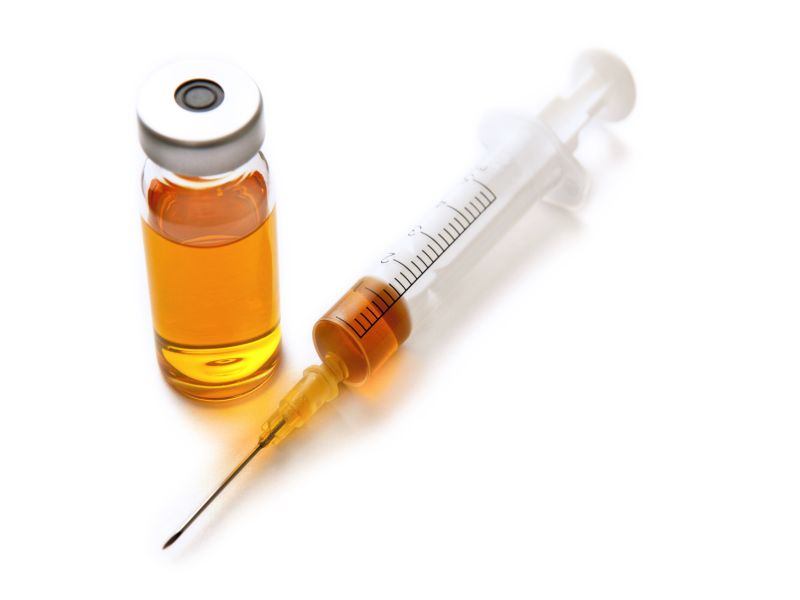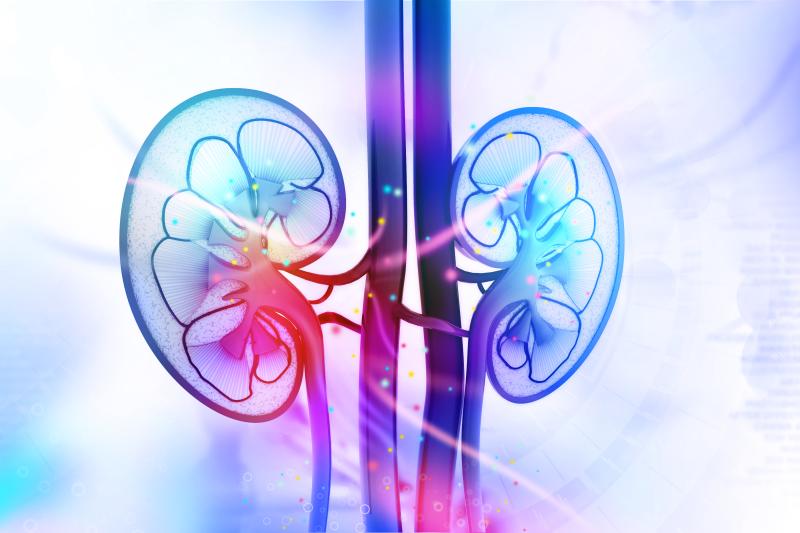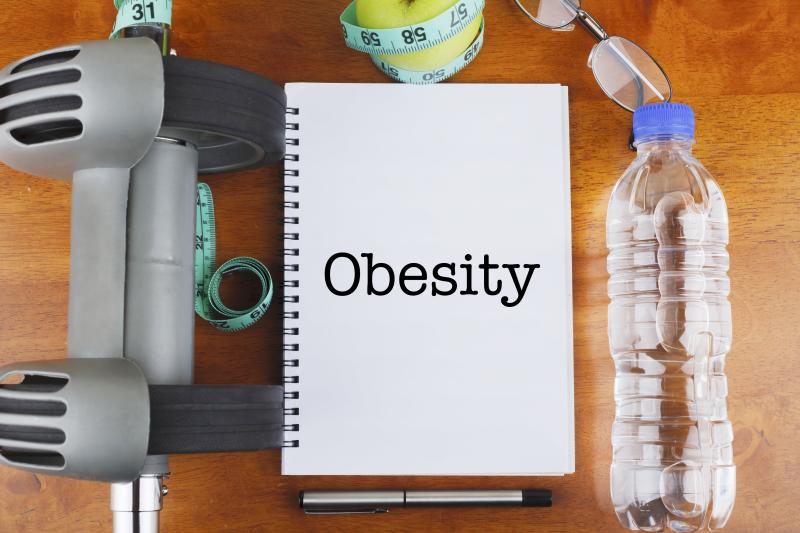3 Aug 2016
Use of a foot wrap to apply pressure on the abductor hallucis and flexor hallucis brevis muscles may be used as a potential therapeutic in the management of restless leg syndrome (RLS), improving the symptoms of moderate to severe primary RLS sans the negative effects associated with standard treatment agents, a study suggests.
“RLS or Willis-Ekbom disease, is a neurologic disorder causing unpleasant sensations and an urge to move the legs when at rest. Potent medications, such as opioids, central nervous system depressants, anticonvulsants, and dopamine agonists have been used to ease symptoms, each with adverse effects,” the investigators said.
Foot wrap, on the other hand, functions by applying targeted pressure on the muscles in the medial and plantar regions of the foot. It consists of a pressure pad that is held in place by an outer cloth, secured by hook and loop straps, which also serve as adjustable straps to regulate the amount of pressure. In 2013, the US Food and Drug Administration cleared the device as safe for RLS.
In the current study, the investigators evaluated the efficacy and safety of foot wrap in 30 patients (mean age 51.5 years; 73 percent female) with moderate to severe RLS symptoms. The wraps were worn on each foot for set periods intermittently over 8 weeks, as follows: baseline period without the wraps (days 1 to 7), initial treatment with the wraps (days 8 to 28), treatment interruption (days 29 to 35), and treatment resumption (days 36 to 56). Mean follow-up was 15.6 months. [J Am Osteopath Assoc 2016;116:440-450]
Primary outcome measure was mean change in the International Restless Legs Syndrome Study Group (IRLSSG) rating scale, from baseline to day 56. Secondary outcome measure was the Clinical Global Improvement Scale (CGIS) scores. Researchers performed a meta-analysis to compare the foot wrap findings with that of 3 previous studies reporting the effects of ropinirole vs placebo for primary RLS.
The foot wrap treatment arm showed a greater change in mean IRLSSG score compared with the ropinirole and placebo arms (17.22; p<0.001 vs 12 and 8.9, respectively; p<0.05). In the foot wrap arm, sleep disturbance severity decreased from moderate to mild (2.7 to 0.6), and sleep loss significantly diminished from 119.5 minutes to 22.1 minutes per night (p<0.001).
Similarly, CGIS scores improved significantly with the foot wrap versus ropinirole and placebo (90 percent [27/30] vs 63 percent [293/464] and 47 percent [218/467]; p<0.05).
There were reports of mild adverse effects in the foot wrap arm, such as pain and paraesthesia, which were attenuated by loosening the straps. Dopamine agonist treatment-related adverse effects, including augmentation, tolerance, rebound, somnolence, and nausea, did not occur with foot wraps.
The findings suggest that foot wrap “was almost twice as effective as historic placebo medication and 1.4 times as effective as ropinirole in lowering IRLSSG scores,” the investigators said.
They explained: “We believe that continued pressure on the abductor hallucis and flexor hallucis brevis muscles throughout the evening signals the brain to relax rather than contract the muscles, acting as a counter-stimulant. This theory represents a new and unique mechanism of action to suppress the symptoms of RLS. Pressure produced by the device on the muscles may also stimulate a dopamine release, similar to massage therapy or acupressure.”






